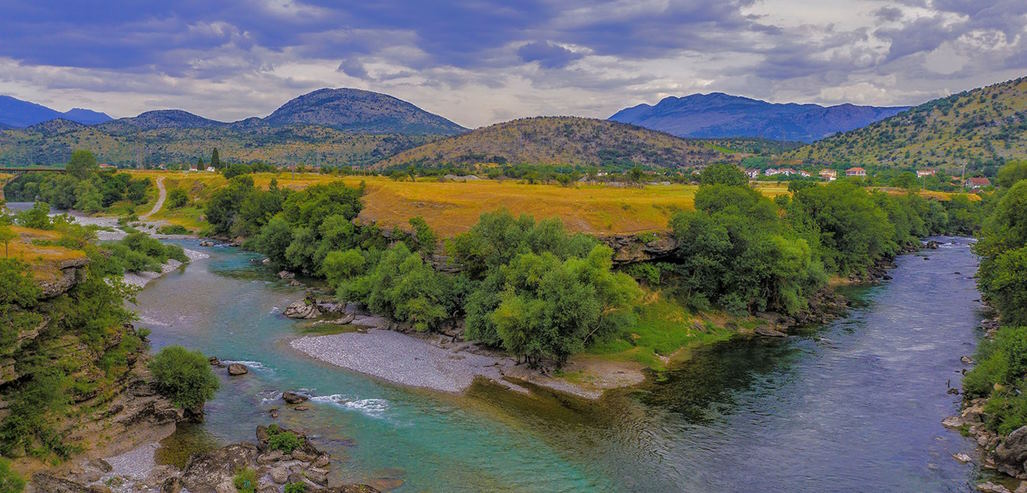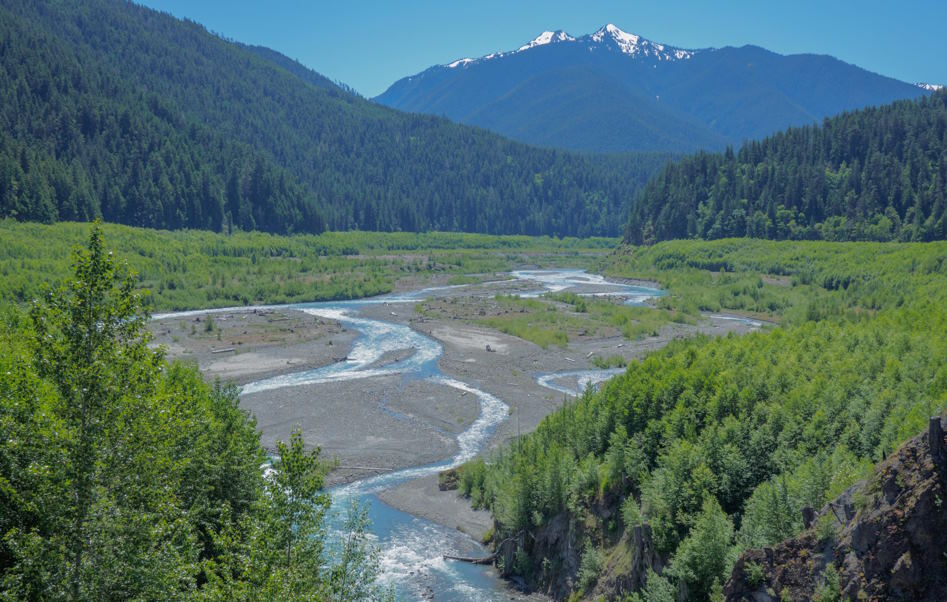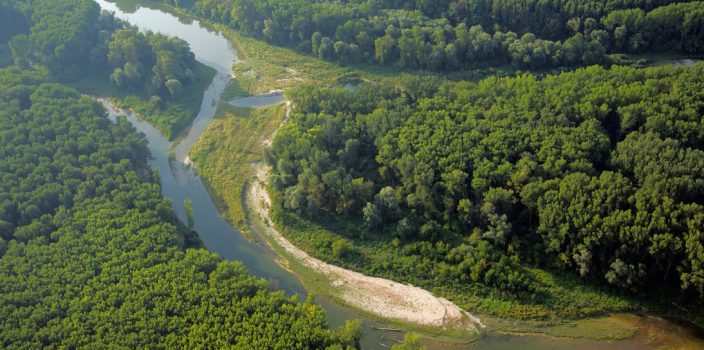Rivers are critical natural resources that provide numerous ecological, social, and economic benefits. However, many rivers in Europe have been degraded due to human activities such as pollution, habitat destruction, and river channelization. In response to these environmental concerns, river restoration has emerged as a viable solution to restore the health and functioning of rivers. Over the years, Europe has witnessed several successful river restoration projects that have yielded positive outcomes in terms of water quality improvement, habitat restoration, increased biodiversity, and enhanced recreational opportunities. These successes, along with the lessons learned from challenges faced and solutions implemented, provide valuable insights for future river restoration efforts in Europe. This article aims to explore the success stories of river restoration in Europe and the lessons learned, including the importance of stakeholder engagement, adaptive management, and consideration of multiple ecological, social, and economic factors in restoration planning. By examining these experiences, we can gain a deeper understanding of the best practices and strategies for successful river restoration in Europe, and foster continued commitment to protecting and restoring Europe’s rivers and ecosystems.
Success Stories of River Restoration in Europe
River restoration projects in Europe have yielded impressive successes, showcasing the potential of restoring degraded rivers to their natural state. One such success story is the rehabilitation of the River Rhine in Germany, which was once heavily polluted due to industrial activities. Through efforts such as water quality improvement and habitat restoration, the River Rhine has made a remarkable recovery. Endangered fish species have returned, and the river now serves as a valuable ecosystem supporting diverse flora and fauna.

Another example is the restoration of the River Danube in Hungary, which was heavily regulated with channelization and floodplain disconnectivity. Restoration measures such as floodplain reconnection and channel restoration have led to increased biodiversity and improved water quality, benefiting both the environment and local communities.
In the United Kingdom, the restoration of the River Thames, an urban river, has been a success. Pollution reduction efforts and habitat creation initiatives have resulted in improved water quality and increased access to nature for local communities, contributing to social and recreational benefits.
These success stories highlight the positive outcomes of river restoration efforts in Europe, demonstrating that it is possible to restore degraded rivers to their natural state through effective strategies and management. These examples serve as inspiration and valuable lessons for future river restoration projects, emphasizing the importance of restoring and protecting Europe’s rivers for the benefit of both people and the environment.
Lessons Learned from River Restoration in Europe
River restoration projects in Europe have provided valuable lessons that can inform future restoration efforts. One critical lesson is the importance of stakeholder engagement and collaboration. Involving local communities, NGOs, policymakers, and other stakeholders in the planning and implementation process can lead to more successful outcomes. Challenges such as conflicting interests and differing perspectives can be overcome through effective communication and collaboration.

Another lesson learned is the need for adaptive management and monitoring. River ecosystems are dynamic, and ongoing monitoring and evaluation are crucial to assess the effectiveness of restoration measures and make adjustments as needed. Adaptive management approaches that allow for flexibility and learning from monitoring data can improve the outcomes of river restoration efforts.
Considering multiple ecological, social, and economic factors is also crucial. Balancing ecological restoration goals with societal needs, economic considerations, and funding sources is essential for long-term success. River restoration projects must be economically feasible, socially acceptable, and environmentally sustainable to ensure their long-term success.
By incorporating these lessons learned into future river restoration efforts, Europe can continue to restore and protect its rivers effectively, ensuring their health and resilience for future generations to come.



